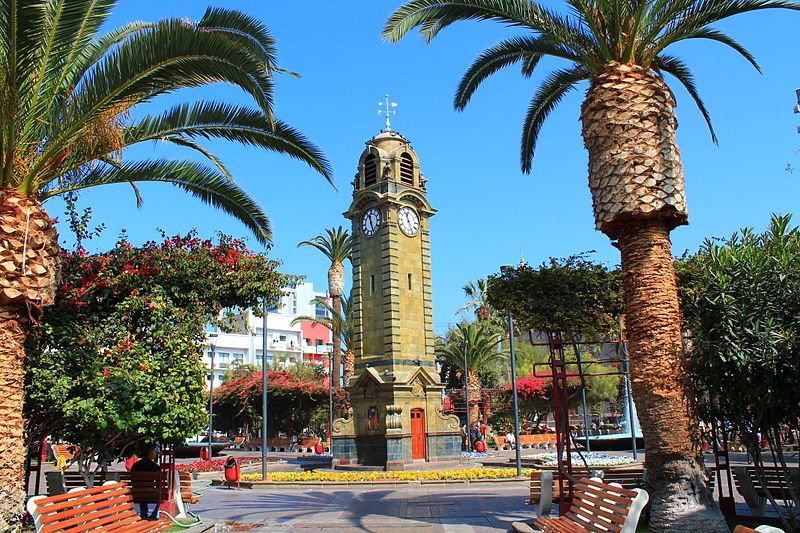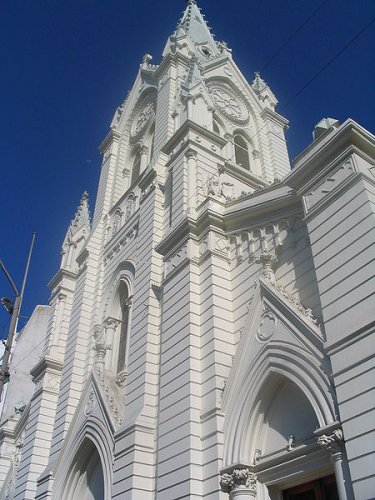 Antofagasta, Chile
Antofagasta, ChileSource: https://commons.wikimedia.org/wiki/File:Balneario_Municipal_de_Antofagasta,.jpg
Author: Pipe master89

Antofagasta is a major port city in northern Chile. It covers 30,718 sq km (11,860.3 sq mi), one of the biggest cities in Chile in terms of area. Antofagasta has a population of 361,000 (2011 estimate), making it the second largest standalone city in Chile.
Antofagasta is located on the coastal plains between the Peninsula of Mejillones and Cerro Coloso. The Tropic of Capricorn passes north of the city. There is a monument where it passes. The city experiences a desert climate. The city is extremely dry, but temperature is usually between 18°C and 28°C.
 Plaza Colón, Antofagasta
Plaza Colón, AntofagastaSource: https://commons.wikimedia.org/wiki/File:Torre_del_Reloj_de_la_Plaza_Col%C3%B3n_2012.jpg
Author: Aguslepe

Antofagasta was founded by Bolivia. Originally called La Chimba, it was first settled around 1866, but renamed Antofagasta in 1869. The city was part of Bolivia until the War of the Pacific (1879-83), when the city was seized by Chile, and has remained Chilean ever since.
The Atacama Desert surrounding Antofagasta is rich in minerals, and the export of minerals was the primary reason for the city's survival and prosperity. In the early years, the city was the port of shipment for silver and nitrates, and later on, when the Chuquicamata Mine came into operation in 1915, of vast quantities of copper.
By the 1930s, Antofagasta was the most modern city in Chile. Since then, it lost some of its lustre until the 1990s, when a effort to revitalize its downtown went underway, and resulted in a new round of high rise constructions.
Visiting Antofagasta
The most practical way to reach Antofagasta is by plane, arriving at the Cerro Moreno International Airport (ANF), which gets flights from Santiago de Chile, Iquique, La Serena and Lima, among others. Catedral de Antofagasta
Catedral de AntofagastaSource: https://commons.wikimedia.org/wiki/File:Catedral-Antofagasta.JPG
Author: Francisco Martínez

Places of Interest in Antofagasta
- Ex-Estación El Ferrocarril de Antofagasta a Bolivia
The disused train station that linked the city to Bolivia. - Muelle Histórico Salitrero
The historic wharf built in 1872 for the shipping of nitrates. - Museo Regional de Antofagasta
Museum with a diverse collection of exhibit ranging from pre-historic fossils to items from the mines. - Ruinas de Huanchaca
Pre-Columbian ruins comprising stepped terraces, towers and passageways.
 Latest updates on Penang Travel Tips
Latest updates on Penang Travel Tips

Copyright © 2003-2025 Timothy Tye. All Rights Reserved.

 Go Back
Go Back